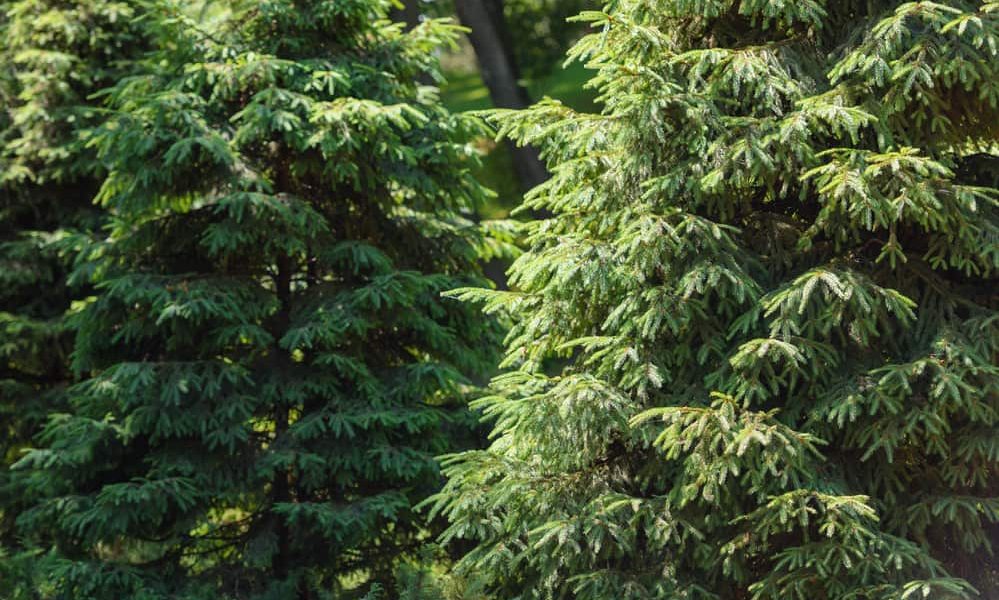Tree service professionals in Pittsburgh answer questions about evergreen tree problems.
Diagnosing Browning Trees
Evergreen trees have long been a symbol of hope and vitality. When everything else around them has turned brown and gone dormant for the season, they remain as a reminder that life will return with warmer weather. Since they stay green all year long it is easy for people to make some incorrect assumptions about their growth patterns and hardiness. Just because they stay green doesn’t mean that they can’t fall victim to the same problems that deciduous trees have.
Browning of evergreens is a common problem that should be dealt with as soon as it is noticed. Here is some information from local arborists to help evergreen tree and shrub owners learn more about these beautiful plants.
How are Evergreen Trees Different From Deciduous Trees?
In the world of tree care, trees and shrubs can be divided roughly into two categories: deciduous and evergreen. “Deciduous” means that trees will drop their leaves every fall and enter a period of dormancy. “Evergreen” on the other hand means that the trees will stay green year round and continue to grow as weather allows. For comparison:
Deciduous trees:
- Have large broad leaves to produce food for the tree that turn brown and drop annually
- Stop metabolic function when temperatures dip so they are less susceptible to freezing temperatures
Evergreen trees:
- Have needles to help them preserve water so the tree can produce food year round that shed slowly over the course of several years
- Maintain metabolic activity as long as nutrients are available in soil that isn’t frozen
How Does the Weather Affect Evergreens?
Evergreens are susceptible to changes in the weather just like deciduous trees. Evergreens by design are more capable of handling changing conditions but it doesn’t mean they are immune. The needles that evergreens have are coated in a waxy substance that prevents moisture loss. This is especially important during long dry spells, whether it be in the summer or during the winter when the ground freezes and no water is available to the roots.
While evergreens are adapted to handle frozen ground in the winter, the condition can be harmful for extended periods. Since evergreens stay metabolically active during the winter, they need continuous access to water and nutrients. When the ground is frozen around their roots, they can’t make adequate food for themselves.
How to Treat Evergreens that are Browning
Browning is the first sign that an evergreen tree is under distress. Browning takes the form of needles turning brown and dropping off and it usually starts at the tips of the limbs. This process can be an indicator that nutrients or water have become unavailable to the tree. Calling an arborist from a licensed tree company can help tree owners make quick and decisive decisions to help the tree along.
An arborist will likely recommend mulching, watering and fertilizing the tree to stop the browning. In some cases, they may want to excavate the root system to check for fungus that has grown on roots that stay too wet. They will often recommend that browned sections be trimmed off so that the tree doesn’t waste any more resources on them.
How Greater Pitt Tree Service Can Help
Greater Pitt Tree Service is a licensed tree care company in the Pittsburgh area. Their arborists have over 28 years of experience dealing with residential and commercial customers. Call (412) 867-9631 to get a quote on any of their excellent tree care services.

